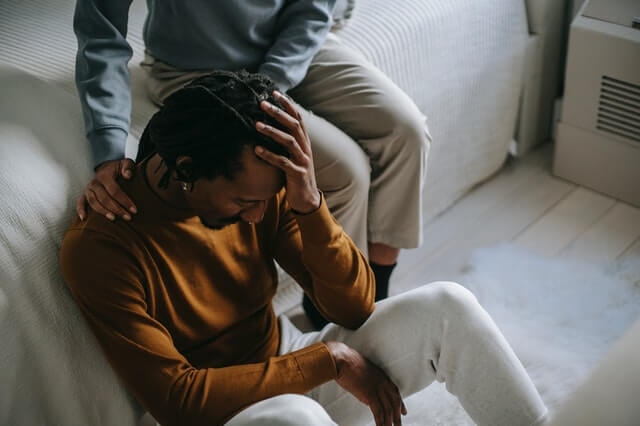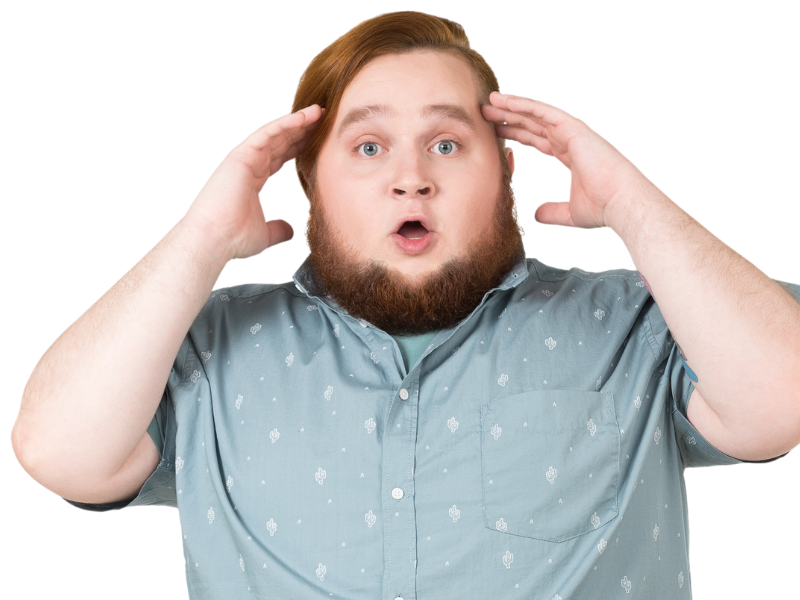General Migraine Facts
The word migraine comes from the Greek “hemicrania” and means “half-headed”, because of the stabbing or pulsating pain that is frequently experienced on one side of the head. Migraines date as far back as 4,000 years ago and are even referred to in biblical texts.
Migraine is the most common neurological condition in the developed world: it is more prevalent than asthma, epilepsy and diabetes combined.
The World Health Organization lists migraines 19th among the world’s most debilitating and disabling diseases.
Severe migraine attacks are classified by the World Health Organization as among the most disabling illnesses, comparable to dementia, quadriplegia and active psychosis (Shapiro & Goadsby, Cephalalgia, September 2007)

An estimated 25 million days are lost from work or school every year because of migraine (Steiner et al, Cephalalgia, 2003)
Over half (54%) of migraineurs experience one or more attacks per month, and 13% claim one or more attacks per week (Steiner et al, Cephalalgia, 2003)
Women are more likely to have migraine attacks than men – 18% of women and 8% of men (Steiner et al, Cephalalgia, 2003)
Children can get migraine attacks too. Attacks can start at any age, but they usually start in children who are in their early to mid-teens (Goadsby et al, New England Journal of Medicine, 2002)
A survey of neurologists found that up to one-third of all patients consulted because of headache – more than for any other complaint (WHO, Factsheet 277, March 2004)
Depression is three times more common in people with migraine or severe headaches than in A migraine headache can last up to 72 hours if not treated.
An estimated 70% of those with migraines have not been diagnosed and do not seek treatment.
Those who suffer migraines report an average of 35 migraines a year.
According to the American Medical Association, 18% of women in the US experience migraine headaches.
Migraine headaches cost $13 billion annually in lost productivity and absenteeism.
Only 6% of the American male population experience migraine headaches.
Migraine headaches afflict 5% of the children and the adolescents in the United States under the age of 15.healthy individuals (WHO, Factsheet 277, March 2004)
Children’s Migraine Facts
Kids can get migraines at any age. Migraine has been reported in children as young as 18 months. Recently, infant colic was found to be associated with childhood migraine and may even be an early form of migraine.
About one out of every 10 kids or nearly 8 million children in the United States alone are plagued by what has become the most common acute and recurrent headache pattern experienced by children today.

A child who has one parent with migraine has a 50% chance of inheriting it, and if both parents have migraine, the chances rise to 75%.
Migraines may occur with or without aura and last in children from 30 minutes to 48 hours. (Migraine aura is the collective name given to the many types of neurological symptoms that may occur just before or during a migraine such as visual, sensory, motor or verbal disturbance.)
Common precursors and symptoms of child migraine; cyclical vomiting, abdominal migraine pain, vertigo, and sensitivity to light.
About 10% of school-age children suffer from migraine, and up to 28% of adolescents between the ages of 15-19 are affected by it.
Half of all migraine sufferers have their first attack before the age of 12.
Migraines are more common in boys than girls until girls begin menstruation
Migraine in children can differ from migraine in adults. Non-headache and neurological symptoms (aura) may be more prominent than the headache.
Child Migraine is often under-diagnosed by doctors, possibly due to the prominence of non-headache symptoms


